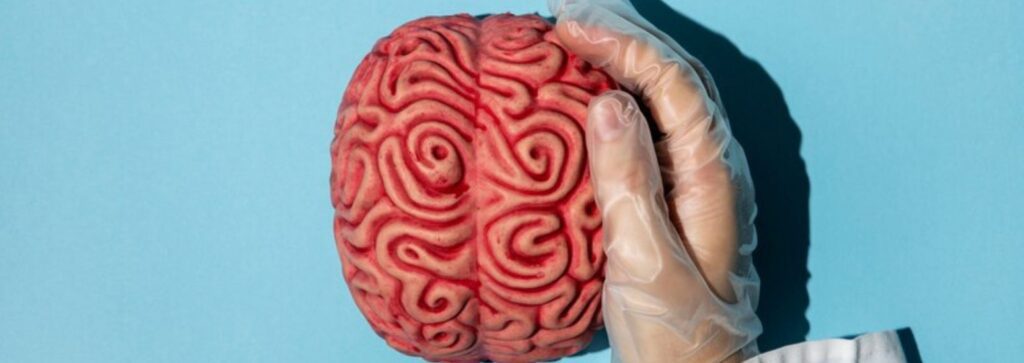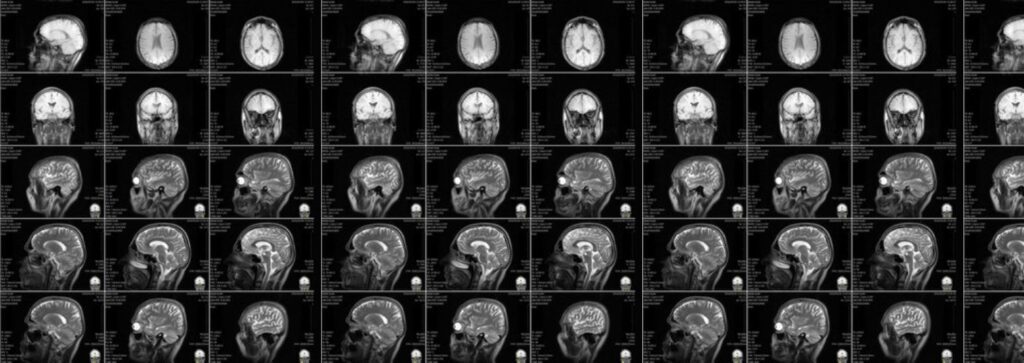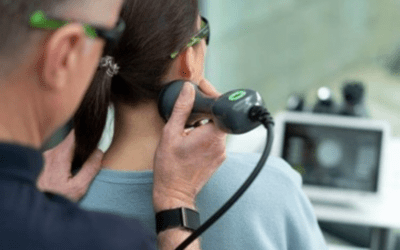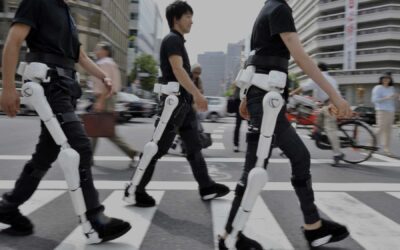Neuroplasticity is a process that involves adaptive structural and functional changes in the Brain. It is the capacity of neurons and neural networks in the brain to change their connections and behaviour in response to new changes.
Neuronal plasticity or Brain plasticity as it is also called, allows the ‘Central Nervous System to learn skills and remember information, reorganise neuronal networks in response to environmental stimulation, and recover from Brain and spinal cord injuries. Neuronal plasticity is enhanced in the developing brain and it is usually adaptive and beneficial but can also be maladaptive and responsible for neurological disorders in some situations.
Mechanisms involved in Neuroplasticity:

- Neurogenesis, programmed cell death, and activity-dependant synaptic plasticity. Repetitive stimulation of synapses can cause long-term potentiation or long-term depression of neurotransmission.
- Overproduction of synapses during postnatal development in children contributes to enhanced plasticity by providing an excess of synapses pruned during early adolescence.
- All forms of plasticity are associated with structural and functional changes in the brain that can be detected with magnetic resonance imaging, positron emission tomography, or transcranial magnetic stimulation (TMS).
- Plasticity is also influenced by genetic factors such as mutations in brain-derived neuronal growth factors.
Understanding brain plasticity provides a basis for developing better therapies to improve outcomes from acquired brain injuries.
Principles of Paediatric Neurorehabilitation:

The Paediatric Neurorehabilitation process requires a coordinated disciplinary team working to provide integrated evaluations and therapeutic interventions. Because injury to or malfunctions of the brain and spinal cord accounts for the majority of children referred for rehabilitation, child neurologists are uniquely positioned to contribute in a meaningful way to the discipline of rehabilitation.
Paediatric Rehabilitation has several principles based on the nature of recovery and reorganisation mechanisms, as well as the age and developmental level of the patients requiring treatment. The team should have a clear understanding of the physical, emotional, cognitive, and social consequences of a child’s injury.
Paediatric Neurorehabilitation: refers to all global and interdisciplinary actions that respond to temporary or permanent needs caused by developmental alterations or deficiencies in early childhood. The aim is to achieve maximum recovery, helping the child become more autonomous and boosting the development of their abilities.
Pediatric Rehabilitation includes physical, occupational, and speech therapy and the use of assistive devices and medications to reduce elevated tone and facilitate postural alignment.
Implications are:
- Specialised medical, surgical, and rehabilitative treatment.
- Restoration of lost functionality, minimising deficits that are secondary to the injury, and helping to gain maximum functional autonomy, quality of life, and psychomotor and educational development corresponding to the patient’s age.
- Rehabilitation of higher functions with cognitive stimulation. Working on alternative strategies to compensate for cognitive (language, attention, visual perception, memory, executive functioning), behavioural, and emotional deficits.
- Regular clinical follow-up during childhood and adolescence, both to control the evolution of the disability and to prevent possible complications derived from neurological injury.
- Specialised treatment of the complications of disability (neuropediatric, neuro-orthopaedics, neuro-urology, neuropsychology, cognitive stimulation, educational monitoring, introduction to inclusive sports, assessment and prescription of orthotics and technical aids.
- Neuropsychological care, diagnosis, and treatment of psychomotor disorders and learning difficulties.
Paediatric Neurorehabilitation is a process in which a treatment programme is initiated and then constantly revised and updated, based on therapy-mediated improvements…
So, connect with us at www.rehabmodalities.com to learn more about our rehabilitation therapy.
To know more write to us: info@rehabmodalities.com



